
CPhI Pharma Awards seek nominations for excellence in biopharma development and manufacturing.

CPhI Pharma Awards seek nominations for excellence in biopharma development and manufacturing.

MilliporeSigma and the International Vaccine Institute in Seoul, South Korea aim to develop more robust, scalable vaccine manufacturing processes.
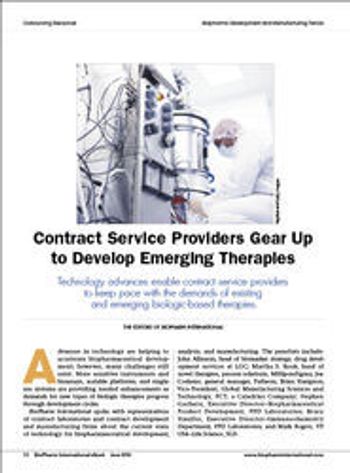
Technology advances enable contract service providers to keep pace with the demands of existing and emerging biologic-based therapies.
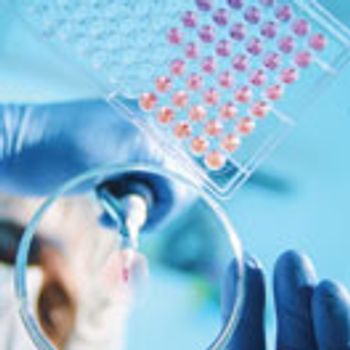
Advances in cell line engineering, process optimization, and in-vitro glycosylation are making a difference.

MilliporeSigma expands its Carlsbad, California-based GMP capacity for viral and gene-therapy products by nearly 90%.
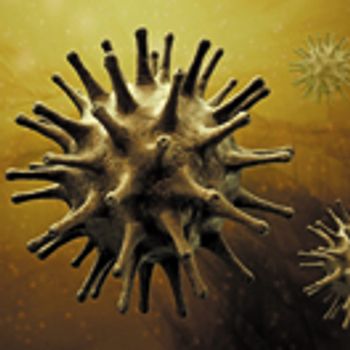
Testing product and process intermediates alone is helpful, but does not provide a complete solution to viral safety. This article proposes integrated solutions for systemic and proactive viral risk mitigation.

The company announced the launch of its first-in-class Lynx CDR connectors at INTERPHEX 2016.

The authors review the technologies that may help bioprocessing become a truly continuous operation and present case studies that could contribute to the integration of upstream and downstream platforms.

The authors provide application data to support the use of SEC beyond small-scale operations.
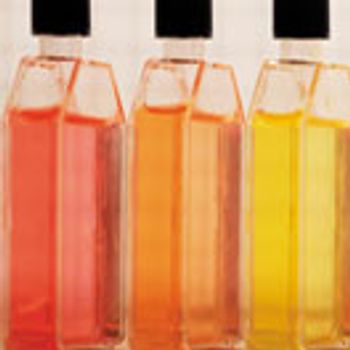
Industry experts provide insights on the challenges and importance of using buffers in downstream processing.

Headspace moisture analysis is a rapid non-destructive analytical method that may potentially address the limitations of traditional methods used for residual moisture determination.

Experts in the field share some best practices for optimizing process economics in biomanufacturing.
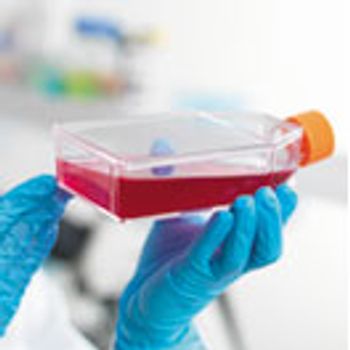
The necessity to detach cells from a culture substrate during cell harvesting remains one of the most challenging steps in a cell-culture process.

Novasep is building a new synthesis laboratory and adding capacity for kilogram-scale batches of synthetic molecules that are needed for biological testing and preclinical trials, at its Pennsylvania, US facility.
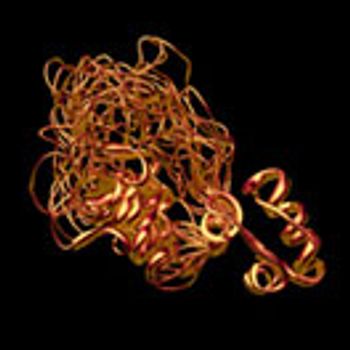
The authors explore the use of precipitation using polyvinyl sulfonic acid and zinc chloride in place of capture chromatography to reduce the cost of goods in the insulin manufacturing process.

mstay/Getty ImagesBiopharmaceutical manufacturing involves a series of complex unit operations linked together to provide high-purity, biologic actives with specifi

BioPharm International sat down with Kevin Isett, PhD, co-founder and CEO of Avitide, to find out why he thinks the company’s tailored approach to purification resins will change the face of biopharmaceutical separation.

A new consortium involving Arecor, FUJIFILM Diosynth Biotechnologies and the Center for Process Innovation will focus on formulation innovation as a way to improve downstream processing and reduce biopharmaceutical cost.

The UK’s National Biologics Manufacturing Centre will use Novasep’s BioSC Lab for protein purification.
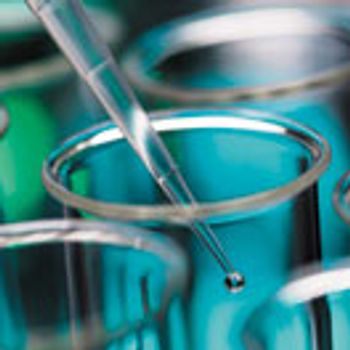
This case study reviews how quality-by-design principles can be implemented in an intermediate chromatography purification step that uses cation-exchange chromatography.Abstract

Whether taking an upstream, downstream or holistic approach, there are many factors to consider when choosing viral clearance methods.
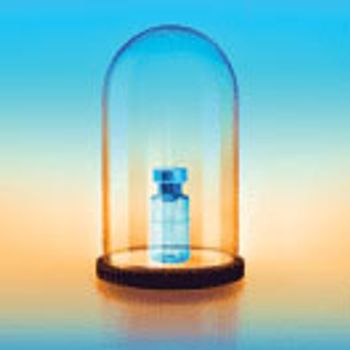
Two experts discuss best practices to achieve acceptable sterility assurance levels for aseptically filled products.
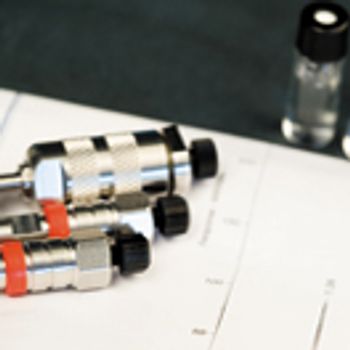
Industry experts discuss the development of process chromatography in bioprocessing.

Althea is expanding its existing biological drug product manufacturing operations to include highly active materials, such as antibody-drug conjugates, in a new facility near San Diego, CA.

Vetter plans to invest approximately 300 million Euros during the course of five years to expand drug product manufacturing and logistic services in Germany; upgrades will include an improved RABS system for aseptic processing.